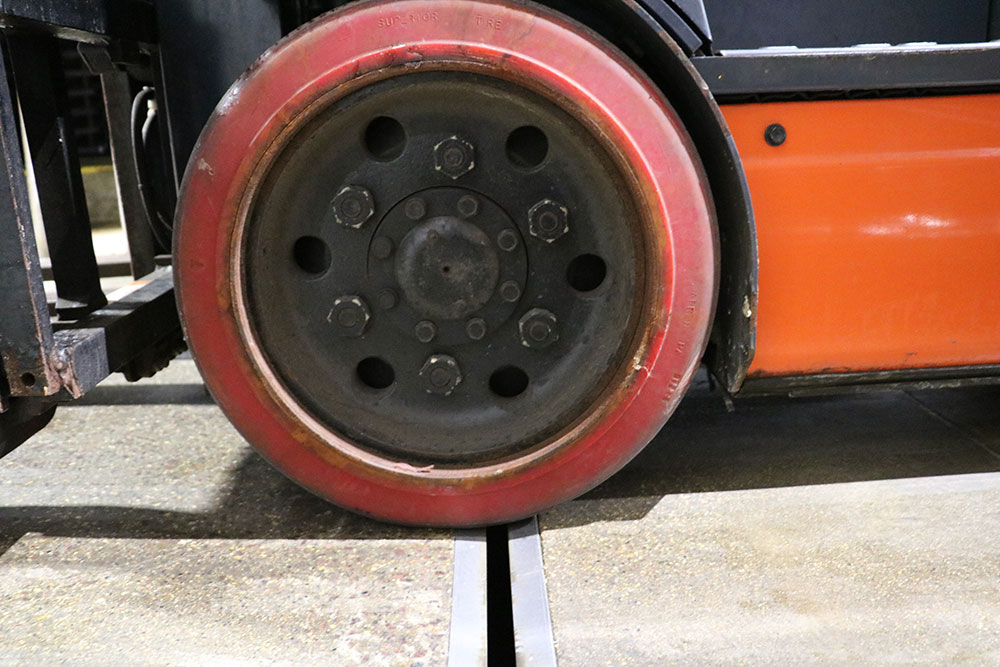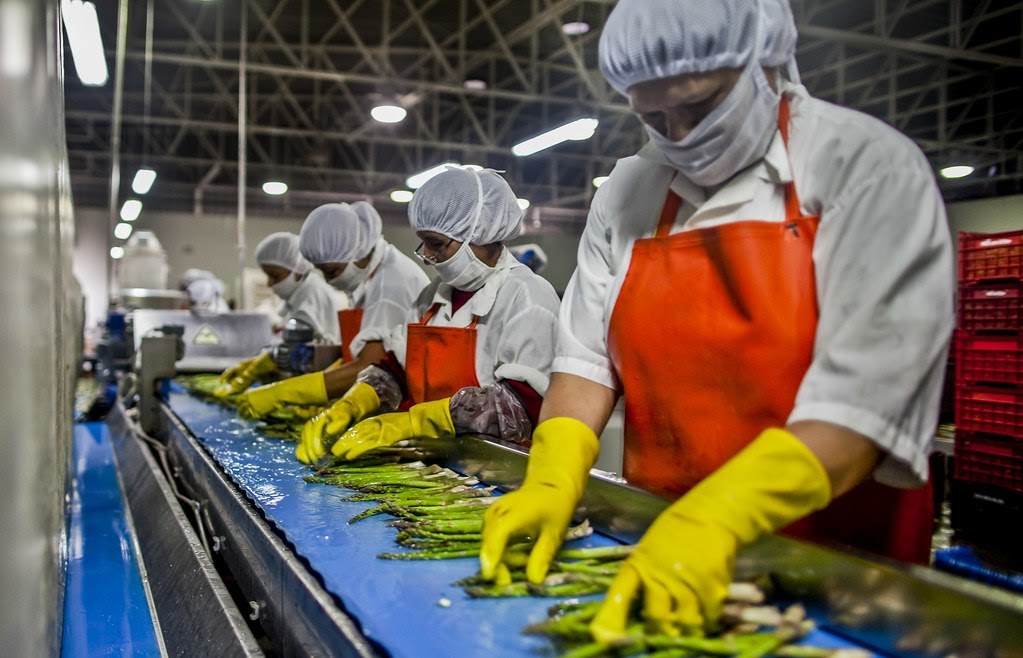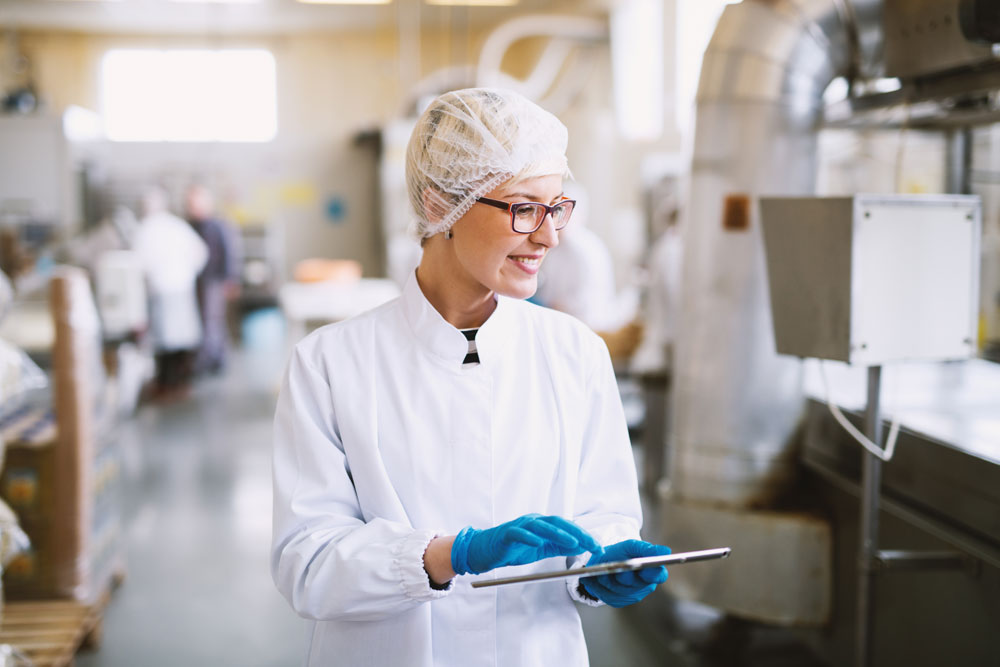Prior to food reaching the grocery shelves, it has to go through a manufacturing facility where the individual ingredients are combined to make a final, packaged product sent out for consumers to purchase across the country. Without these facilities, many of the foods people buy daily wouldn't be available; even produce items go through some processing before being sent to stores.
WHAT ARE FOOD MANUFACTURING FACILITIES?
Food processing and manufacturing is the commercial enterprise that handles the manufacturing, packaging, labelling and storing of food for human consumption. After production, these various products are sent to distribution centres or other businesses for consumers to purchase. The FDA and USDA outline the requirements for food processing facilities, which can differ based on what they process or manufacture. The processes may differ in some ways, but they all have to adhere to strict food safety requirements to prevent harmful contamination.
ENSURING FOOD SAFETY
Here are 6 ways to ensure food safety within food manufacturing and processing facilities:
1. HAVE THE RIGHT FACILITY LAYOUT
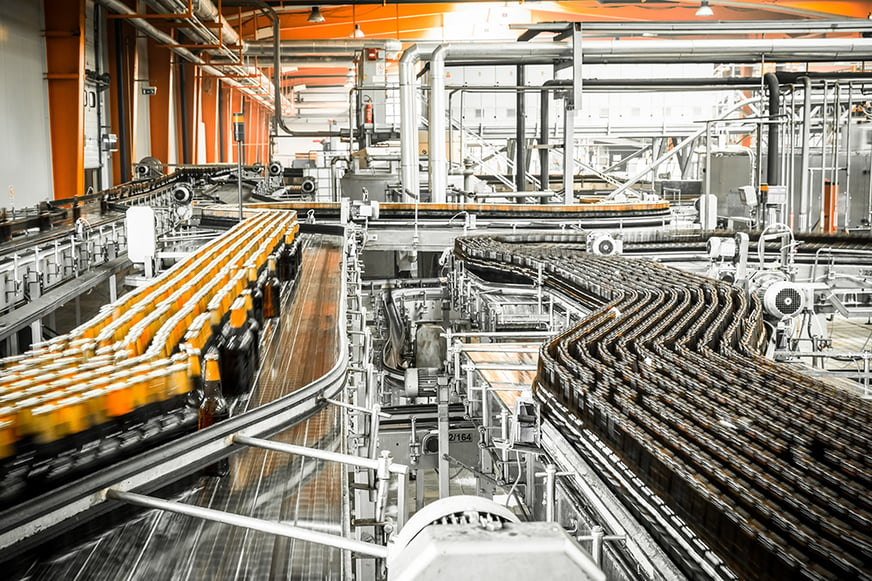
A suitable facility layout is crucial for a few reasons, but first and foremost for avoiding contamination. The dangers of raw products like eggs, meats, and poultry are well documented; choosing a layout that follows an efficient production order can greatly minimize contamination risk.
This layout will also mean that employees will be at less risk for accidents while moving from one area to another. Production time will also go much faster, allowing the facility to run more efficiently.
2. CREATE CLEANING PROGRAMS
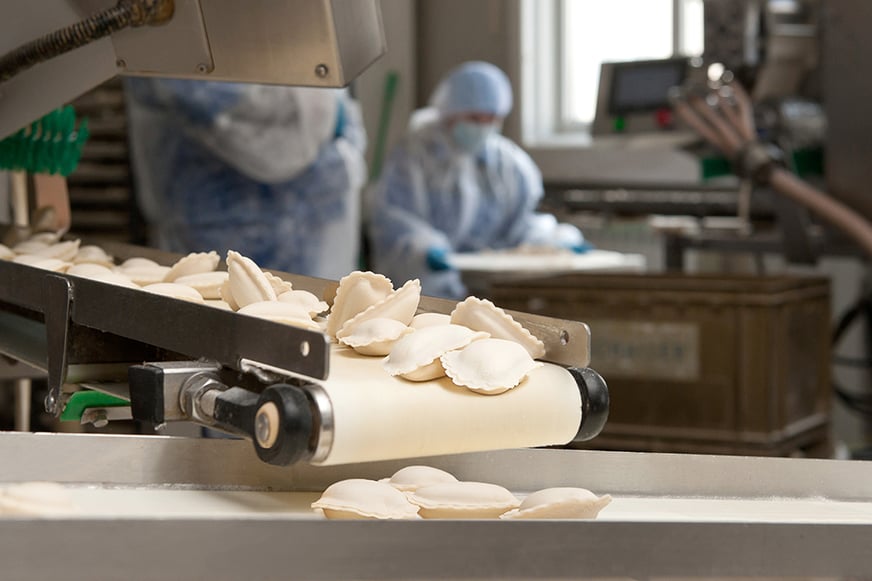
Cleaning is crucial to food processing and manufacturing facilities and essential for ensuring food safety. It is vital to establish detailed cleaning programs to maintain the correct hygiene standards and avoid bacteria and contamination. Necessary aspects of a cleaning program include cleaning and sanitizing the food preparation areas, machinery, and utensils.
Cleaning programs are also vital for reducing the risk of pests, including rodents, flies, and cockroaches, which can also carry harmful bacteria
3. INVEST IN PEST CONTROL
Insects like flies and cockroaches are known for spreading foodborne diseases. Rodents can also spread diseases and cause damage to the building, fixtures, and even machinery. By investing in pest control systems that monitor and detect pests, you can prevent them from entering the facility.
Keeping the facility clean is also vital to pest control; eliminating food particles and residue on the equipment or ground helps ensure there is nothing to attract pests.
4. USE WASTE MANAGEMENT SYSTEMS
Standing water also creates slick surfaces. Whether inside the facility or outside, a slick surface is hazardous. Worker injuries from falls can lead to legal issues for commercial facility owners if it is deemed as negligence.
5. HAVE PROACTIVE MAINTENANCE PLANS
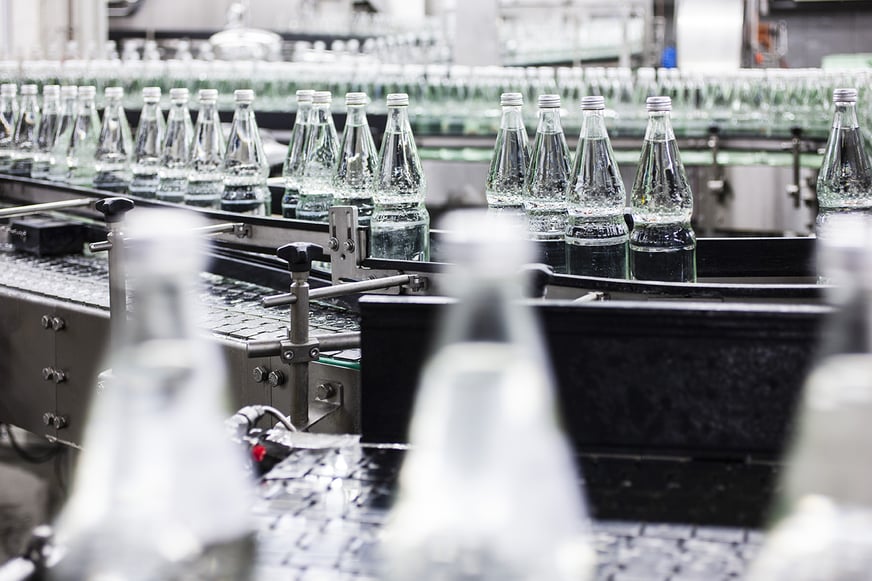
To run a sanitary facility, facility managers need to be proactive about maintenance and have detailed plans in place. Regular maintenance is vital to keeping machinery clean and in smooth working order. Without this regular maintenance, the equipment can break down or fail, slowing down production and leading to contamination concerns.
Maintenance should look at every part of the machine, from the gears to the wires, to ensure nothing is broken, loose, rusted, or exhibiting other types of damage.
6. TRAIN YOUR EMPLOYEES
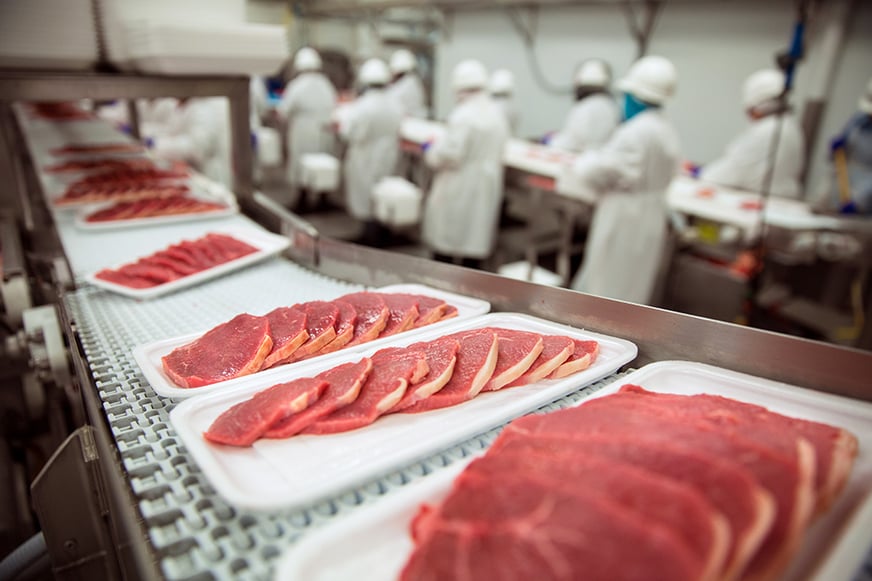
A facility cannot run without its employees, but it also cannot function well if employees don't have the proper training. All employees need to understand what is expected of them and what is the best way to ensure food safety at a food facility. The better they understand and the better their training, the cleaner, safer, and smoother a facility will function.
Training should cover things like hygiene, safe food storage and handling, cleaning and sanitation, pest control, and emergency procedures in case of accidents.
CREATING A SAFE FOOD FACILITY
Understanding what is the best way to ensure food safety at a food facility is vital to the operation of any food facility. Without the proper food safety measure, your facility will be at risk of pest infestations and bacteria contamination, which can ruin your product supply and reputation.
These are just a few of the steps to take to ensure your facility is safe and sanitary, but there is plenty more you can do. Taking the time to educate yourself and do things right is essential to your success. Contact us today at FoodSafe Drains for the best drain solutions for your food facility.
